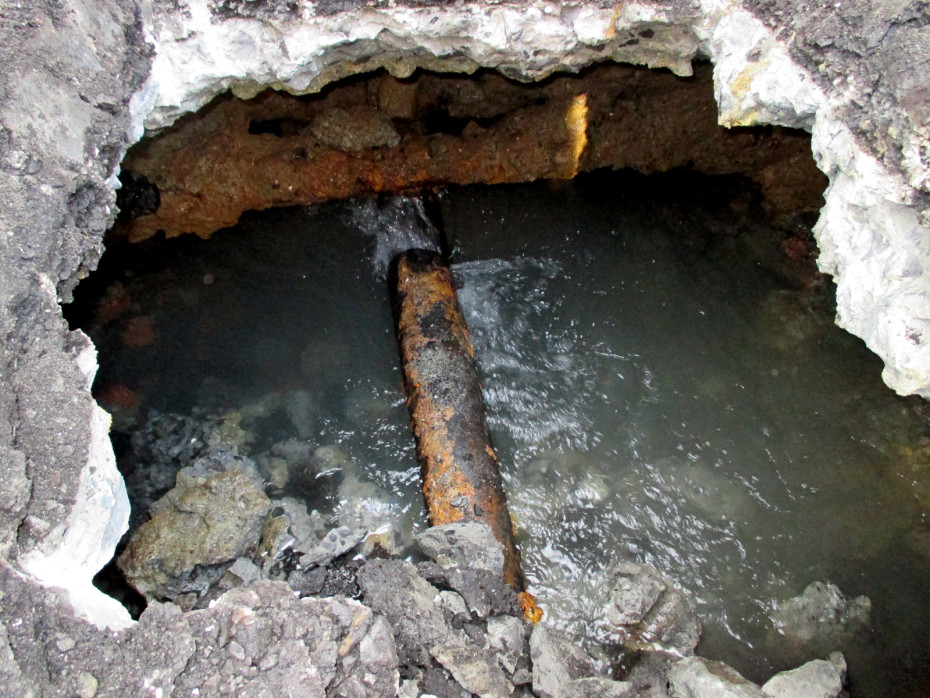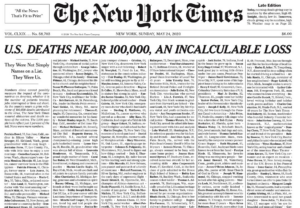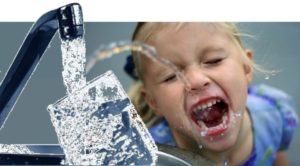The Safe Drinking Water Act is misnamed, misguided, and out of date.
A bold step when it was introduced more than forty years ago, the Safe Drinking Water Act (SDWA) is a dinosaur. It embodies a regulatory structure that creates a false sense of safety and stands in the way of the sorts of innovation needed to create a modern, sustainable, and efficient water supply system. It is time to completely rethink the way we regulate our water supply.
In 1974, when Gerald Ford signed the SDWA into law, it replaced an inconsistent hodgepodge of local laws with an enforceable uniform standard for the water leaving our nation’s water treatment plants. At a time when 40% of that water failed to meet even the most basic standards for safety, this was a huge leap forward for public health. Now, almost 45 years later, it locks us into a simplistic, archaic system for regulating our water supply, at a time when population growth, climate change, and an improved understanding of environmental health risks demand innovation. The SDWA has created a water supply system that squanders water, wastes energy, discourages innovation, and ultimately fails to provide safe drinking water. It’s time to start from scratch.
Even the name of the SDWA is a lie. Less than 1% of what we regulate as “drinking water” is actually drunk. To be accurate, it should really be called the Water Treatment Plant Effluent Quality Act. Its regulations focus almost exclusively on the water that leaves these plants. By the time it reaches our kitchen tap it has flowed, usually saturated with chlorine, through a vast network of corroding pipes lined with bacteria and into household plumbing that routinely contains neurotoxic lead. The quality of water that reaches our homes is mostly an afterthought and the quality of water that flows from tap to glass is rarely if ever measured.
As a result, the SDWA ensures that we provide an absurd level of protection to the water we spray on our lawns and flush down our toilets at the same time it attempts to define how much of various carcinogens, neurotoxins, and other poisons and pathogens we want to tolerate in our children’s drinking water. The SDWA requires utilities to produce water that is inappropriate for any of these end uses.
What we need is a far more nuanced view of the match between water quality and end use. To the extent technologically possible, the water we actually drink or use to prepare food should contain nomicrobial or chemical contaminants. ZERO. Point of use filters or separate pipes for this relatively small quantity of water can easily provide water that contains an order of magnitude lower levels of contaminants than currently found in our drinking water. Point of use filtration would also lower the demand for disinfection, allowing us to add less chlorine and reduce the levels of carcinogens created by disinfection, providing water for washing and showering that is both safer and cheaper to produce.
For other end uses, we should be considering grey water reuse, rain water catchment, and the use of composting toilets. An innovative rethinking of the ways we obtain and use water can dramatically reduce our demand for treated water and for wastewater treatment. New home automation technologies hold the potential to dramatically change the way we manage water in our homes and businesses.
The problem is that none of these innovations falls within the purview of the EPA. Its regulatory reach where at the connection between the water utility’s distribution system the pipes that feed water to our homes and businesses. The point marks the beginning of the hot mess of state and local laws and building codes driven by a completely different agenda.
The original SDWA sought to improve and bring uniformity to water quality nationwide by setting a minimum standard for water suppliers nationally. The way we supply water has not changed fundamentally in almost a century. It is time to completely rethink the way treat and use water. Doing that will require a regulatory structure that encourages innovation to conserve water and energy and to improve the quality of our drinking water. And that means the Safe Drinking Water Act needs to get out of the way.


